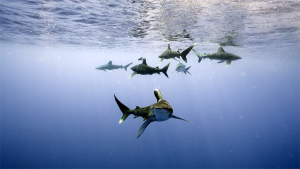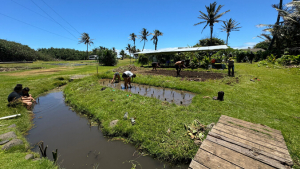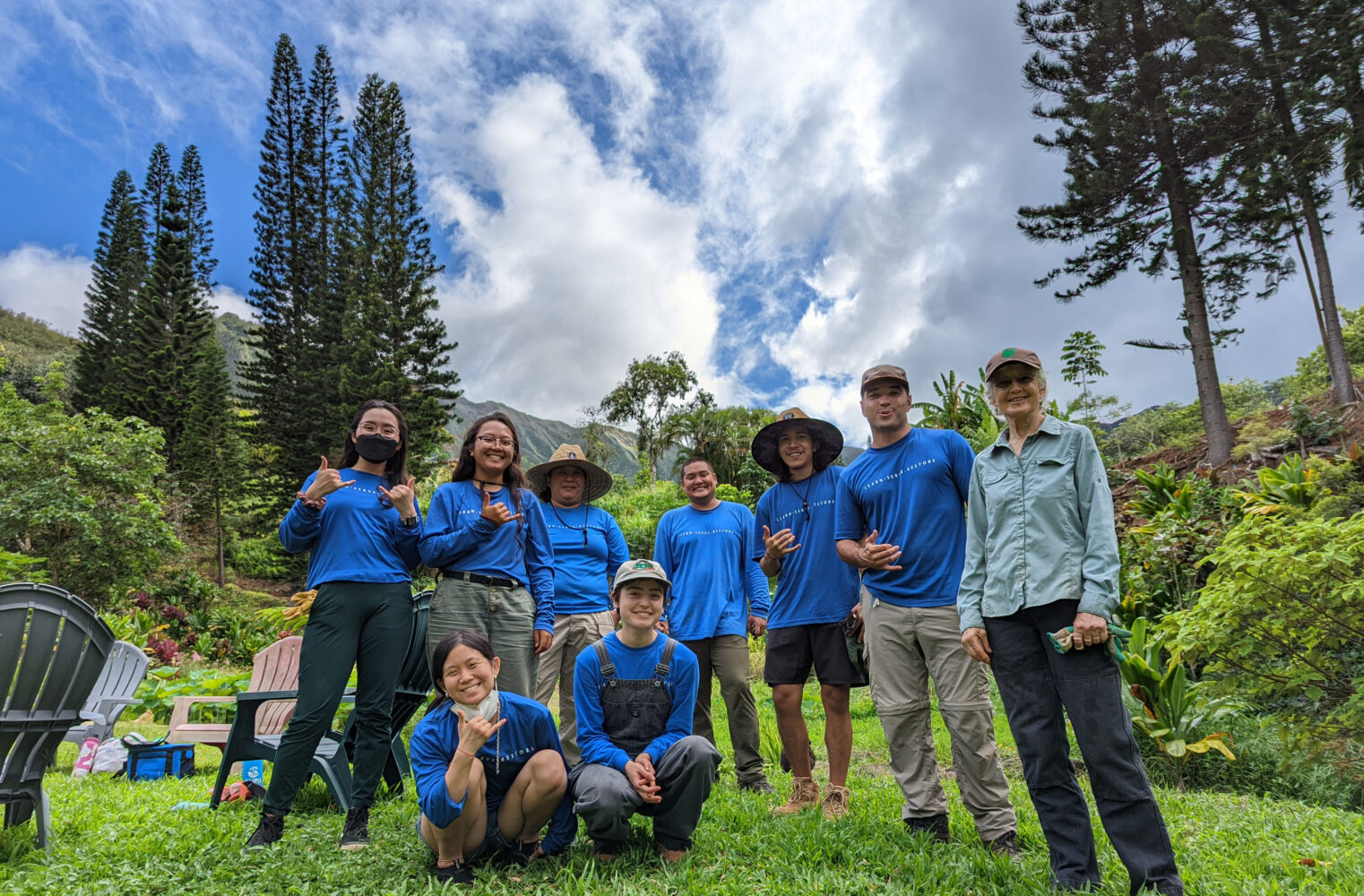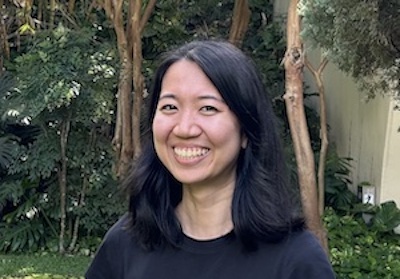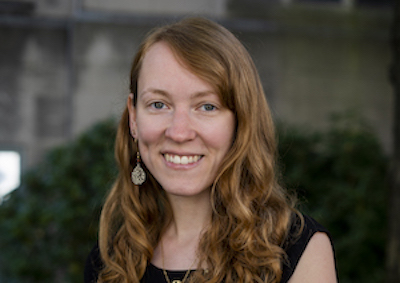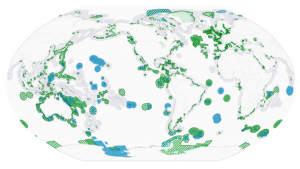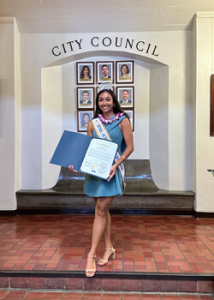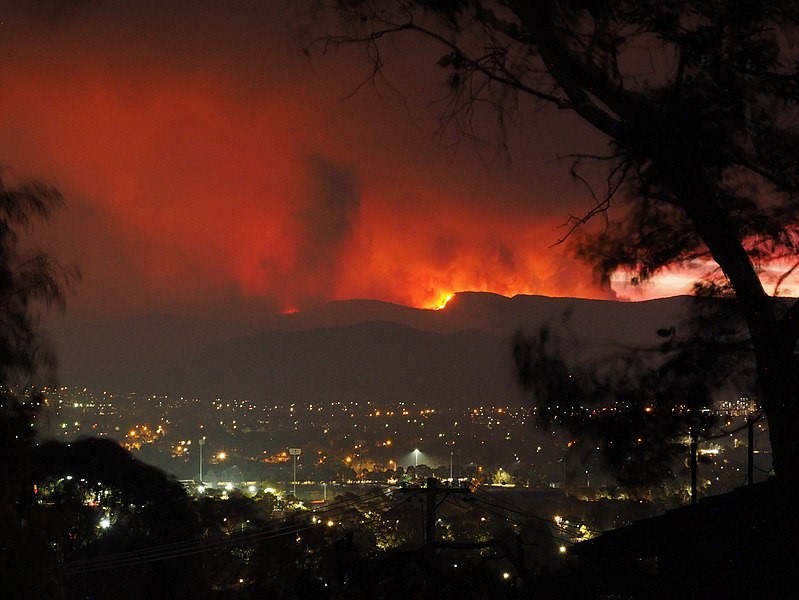Research out of the University of Hawaiʻi at Mānoa Hawaiʻi Institute of Marine Biology (HIMB) and Smithsonian Institution is exploring an out-of-this-world approach to preserving Earth’s animal species in the event of a global disaster—storing animal cells on the moon.
A paper published in BioScience outlines a roadmap for the creation of a lunar biorepository and was authored by HIMB and Smithsonian scientists in collaboration with researchers from Harvard Medical School, National Ecological Observatory Network, University Corporation of Atmospheric Research and University of Minnesota.
The HIMB/Smithsonian team has successfully cryopreserved skin cells from a reef fish found in Hawaiian waters known as the starry goby (Asterropteryx semipunctatus). These are the first samples created for the lunar biorepository and are now being stored at the Smithsonian.

“Initially, a lunar biorepository would target the most at-risk species on Earth today but our ultimate goal would be to cryopreserve most species on Earth,” said lead author Mary Hagedorn, an HIMB affiliate faculty member and research cryobiologist at the Smithsonian’s National Zoo and Conservation Biology Institute. “This is meant to help offset natural disasters and, potentially, to augment space travel.”
The idea was inspired by the Svalbard Global Seed Vault in Norway, which contains more than one million frozen seed varieties and serves as a backup for Earth’s crop biodiversity.
Why the Moon?

Preservation of animal cells requires temperatures so cold, (-320° Fahrenheit, -196° Celsius), they do not naturally exist on Earth. Cryopreservation of animal cells would require a steady supply of liquid nitrogen, electricity and a team working round the clock, making the system susceptible to disruptions that could destroy the samples.
Craters located in the poles of the moon are in perpetual shadows making them ideal locations for the lunar biorepository. The temperatures are so cold in the craters, no electricity or liquid nitrogen would be needed. The samples could be stored underground, or inside a structure with thick walls made of moon rock to block out the DNA-damaging radiation present in space.
Preserving animal cells
Scientists are unable to reliably preserve the sperm and embryos of most wildlife species but for many species, skin cells can be easily cryopreserved. These cells can be transformed into stem cells to recreate species and would be the primary biological material stored in the lunar biorepository.
“We hope that by sharing our vision, our group can find additional partners to expand the conversation, discuss threats and opportunities, and conduct the necessary research and testing to make this biorepository a reality,” said Hagedorn.

The next step for Hagedorn and her team is a series of radiation exposure tests cryopreserved fish skin cells and eventually conduct additional experiments on Earth and aboard the International Space Station. The goal is to develop a prototype packaging able to withstand the radiation and microgravity associated with space travel and storage on the moon.
“Life is precious and, as far as we know, rare in the universe,” said Hagedorn. “This biorepository provides another, parallel approach to conserving Earth’s precious biodiversity.”
The researchers envision the lunar biorepository as a public entity to include public and private funders, scientific partners, countries, and public representatives with mechanisms for cooperative governance like the Svalbard Global Seed Bank.
Read also on UH News.






